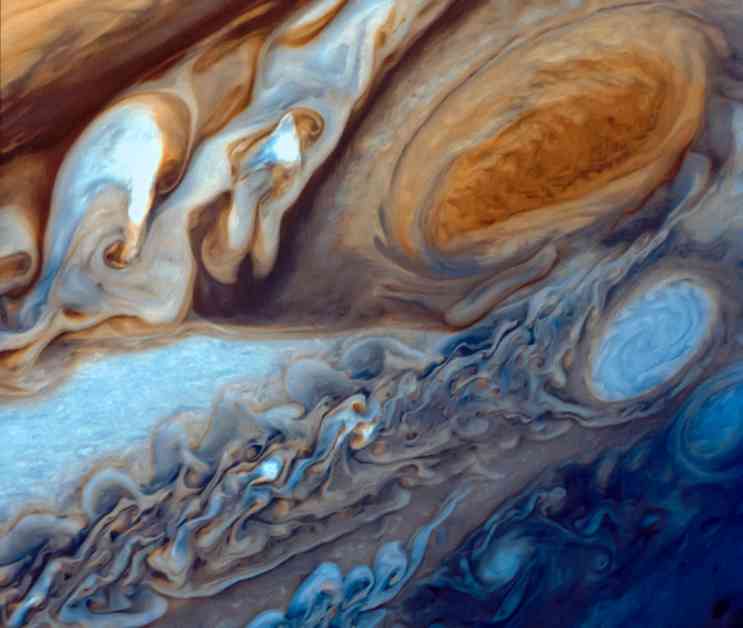Jupiter’s Great Red Spot is a well-known feature in our Solar System. It is a massive vortex of winds with speeds reaching up to 400 kilometers per hour, wider than Earth’s diameter. The reddish hue of the spot likely comes from complex organic molecules in its upper atmosphere, although the exact cause remains a mystery.
The Spot was possibly first observed by Italian astronomer Giovanni Cassini in 1665 and then studied by various astronomers over the years. However, there was a period of over a hundred years where the spot disappeared before re-emerging in 1831. This disappearance led to speculation about whether Cassini had actually seen the Great Red Spot or a different atmospheric storm that dissipated after his death.
Recent research by Agustín Sánchez-Lavega and his team from the University of the Basque Country in Bilbao, Spain, sheds light on the mystery surrounding the Great Red Spot. By analyzing historical drawings and simulations, they propose that Cassini’s spot was not the same as the Great Red Spot we see today. The team suggests that the Great Red Spot likely formed after Cassini’s time, possibly through the interaction of wind bands traveling at different speeds across Jupiter.
Their simulations indicate that the Spot began as an elongated rotating cell that gradually evolved into its current form. This formation mechanism aligns with historical observations of the Great Red Spot’s shape and evolution over time. The team estimates that the Spot is approximately 200 years old, providing new insights into its origins and development.
This research not only clarifies the history of the Great Red Spot but also highlights the complexity of Jupiter’s atmosphere and the dynamic processes at work on the gas giant. By unraveling some of the mysteries surrounding this iconic feature, scientists are better equipped to understand the intricate dynamics of Jupiter and other gas giants in our Solar System. The study’s findings offer a fascinating glimpse into the evolution of a planetary phenomenon that has captured the imagination of astronomers for centuries.






